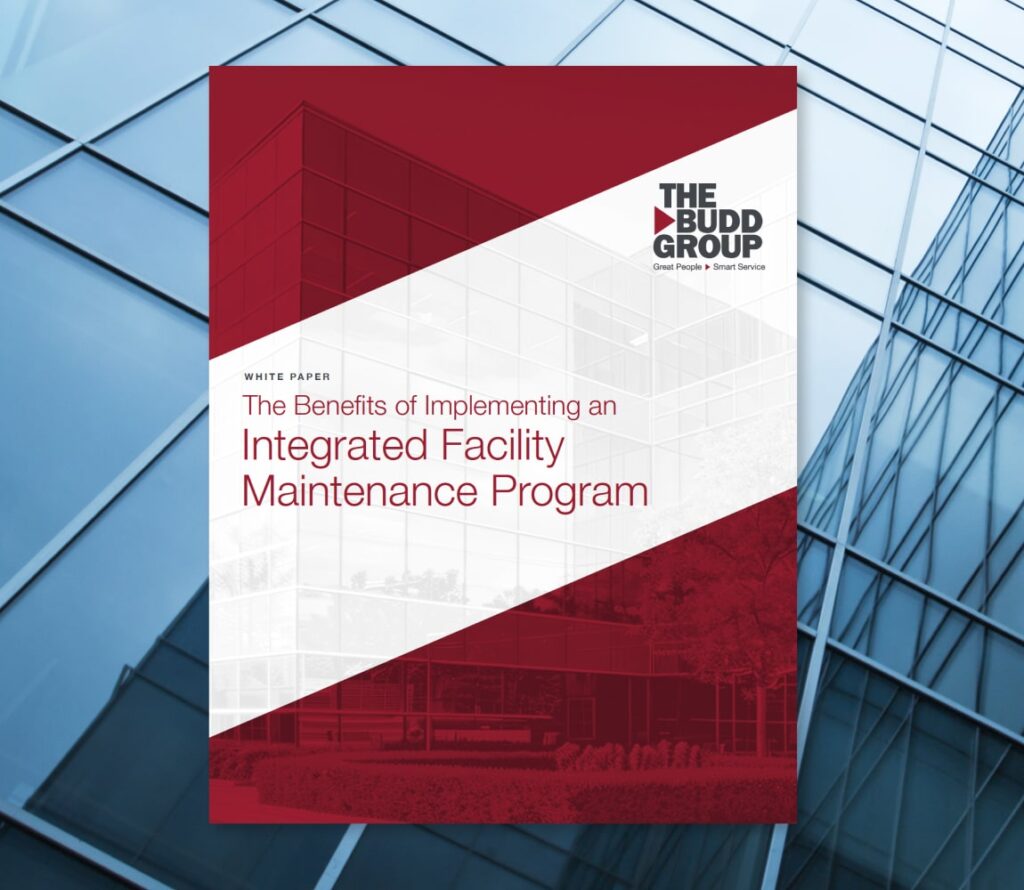The U.S. Environmental Protection Agency (EPA) tells us that outdoor pollution isn’t the only type of pollution to worry about. Studies conducted by the agency have found that the levels of pollutants found indoors are sometimes higher than those outside – this is especially true for highly active facilities that regularly deal with chemicals, gases, and other toxic materials. Indoor pollutants such as dust, asbestos, mold spores, and carbon monoxide (CO) increase the risk of illness in those nearby and hinder productivity. Conversely, better indoor air quality (IAQ) often results in increased productivity, better health outcomes, and long-term cost savings for businesses everywhere. Knowing this, businesses must make IAQ improvement a top priority. Let’s explore some key ways to manage and improve indoor air quality in your busy facility.
Ways to Manage Your Facility’s Indoor Air Quality
Install Indoor Air Quality Monitors
We can’t see the air we breathe. While we might notice dust particles floating in a ray of bright light, our eyes alone can’t determine the quality of air inside a given space. A decline in health outcomes in your facility may hint that your IAQ needs adjusting, but without concrete data, you’re left in the dark regarding the proper solutions. This is where IAQ monitoring comes in handy. As its name suggests, an IAQ monitor keeps track of multiple indoor air parameters, such as temperature, humidity, oxygen, CO, and CO2 levels, airborne particulate matter (PM), volatile organic compounds (VOCs), and more. These monitors differ in size, accuracy, number of parameters, storage capabilities, control mechanisms, and more. Read our previous blog, “Indoor Air Quality Monitors: What They Do and What Is Best for Your Building?” for more on this topic. Details aside, a high-quality IAQ monitor is essential for proper IAQ and facility management, providing important and actionable information that allows you to maintain and improve IAQ throughout the building.
Focus on Source Control
According to the EPA, controlling the main sources of indoor air pollution is usually the most effective method for improving IAQ overall. This is only logical – cutting off a problem at its root is always better than managing its symptoms, after all. Different facilities will face different pollution sources depending on their operations, local climate, and so on. Some common pollution sources include asbestos, gas stoves, tobacco products, and excess moisture (the list goes on). Certain sources (e.g., asbestos, lead) can be enclosed by certified abatement specialists. Other sources of pollution require adjustment to limit emissions (e.g., gas stoves, VOCs). Certain pollutants can be all but removed with strict policy changes and oversight (e.g., tobacco smoke). Whatever the case, any action aimed at reducing the level of pollution emitted by particular sources helps to improve IAQ. As such, source control should be a major component of your building maintenance protocols.
Cultivate Comprehensive Cleaning Protocols
Even after you manage to get a handle on the products, equipment, and behaviors that contribute to indoor pollution, some harmful materials will linger on surfaces and in the air. Proper cleaning protocols such as floor care, dusting, spraying and wiping, and disinfection are necessary for keeping these particles at bay. Soft, porous surfaces such as fabric, furniture, and carpeting attract more dust than hard surfaces, so they often require more attention and deeper periodic cleaning. Commercial carpet care is of particular importance in offices, requiring regular vacuuming and periodic shampooing and/or steam cleaning. Of course, the cleaning products used to rid surfaces of pollutants can also contribute to indoor air pollution, usually via the presence of VOCs. As such, you must pay close attention to the chemical composition of every cleaning product and disinfectant you deploy. Moreover, surface cleaning should be combined with proper ventilation to mitigate the presence of VOCs and other pollutants, which we’ll discuss next.
Open Doors and Windows When Possible
The EPA lists improved ventilation as the second most important method for improving a facility’s IAQ. Opening up doors and windows allows fresh outdoor air to circulate inside your facility, flushing out some of the indoor pollutants that have been lingering. That said, letting in the breeze isn’t always feasible or recommended. Outdoor conditions largely determine whether or not it’s wise to open doors and windows – if it’s too hot, too cold, rainy, windy, excessively humid, or the air is riddled with allergens (e.g., pollen season), you’re better off keeping these portals shut. The EPA notes that it’s best to naturally ventilate your facility during short-term activities that raise indoor pollution levels, such as painting, cooking, sanding, welding, etc. when weather allows. You might even perform certain activities entirely outdoors, though this isn’t always practical for facilities that primarily operate large, fixed machinery. If nothing else, paying attention to outdoor conditions is an important part of facility maintenance and IAQ improvement as it tells you when the time is right to let some fresh air in and let the stale air out.
Invest in Modern Air Purification Technology
As described above, you won’t always be able to comfortably keep windows and doors open throughout your facility. On top of that, surface cleaning efforts can’t eliminate all the pollutants hanging around in the air. Air purification devices clean the air itself and increase ventilation mechanically rather than naturally via filtration. If you want to achieve the highest indoor air quality levels possible in your building, you must invest in a highly efficient air purification system. AIRBOX filtration systems, for example, deploy three phases of filtration: an activated carbon filter odor shield, an antimicrobial treater filter, and a certified HEPA filter that removes particulates 0.3 microns and smaller in size (including viruses like SARS-CoV-2, making it an effective solution for air disinfection for coronavirus). The EPA notes that an air cleaner’s effectiveness depends on “…how well it collects pollutants from indoor air (expressed as a percentage efficiency rate) and how much air it draws through the cleaning or filtering element (expressed in cubic feet per minute).”
You’re Not Too Busy for Better Indoor Air
The busier a facility, the more pollution tends to accumulate within its walls. No matter your facility’s size, occupancy, or activity levels, IAQ cannot be overlooked. With proper monitoring, source control, cleaning protocols, ventilation, and air purification, you can vastly improve your IAQ and in turn enhance productivity, occupant health, and energy savings. Let The Budd Group help you achieve your IAQ goals with our comprehensive facility maintenance and air quality programs. To learn more about our services and values, give us a call today at 800-221-8158!

